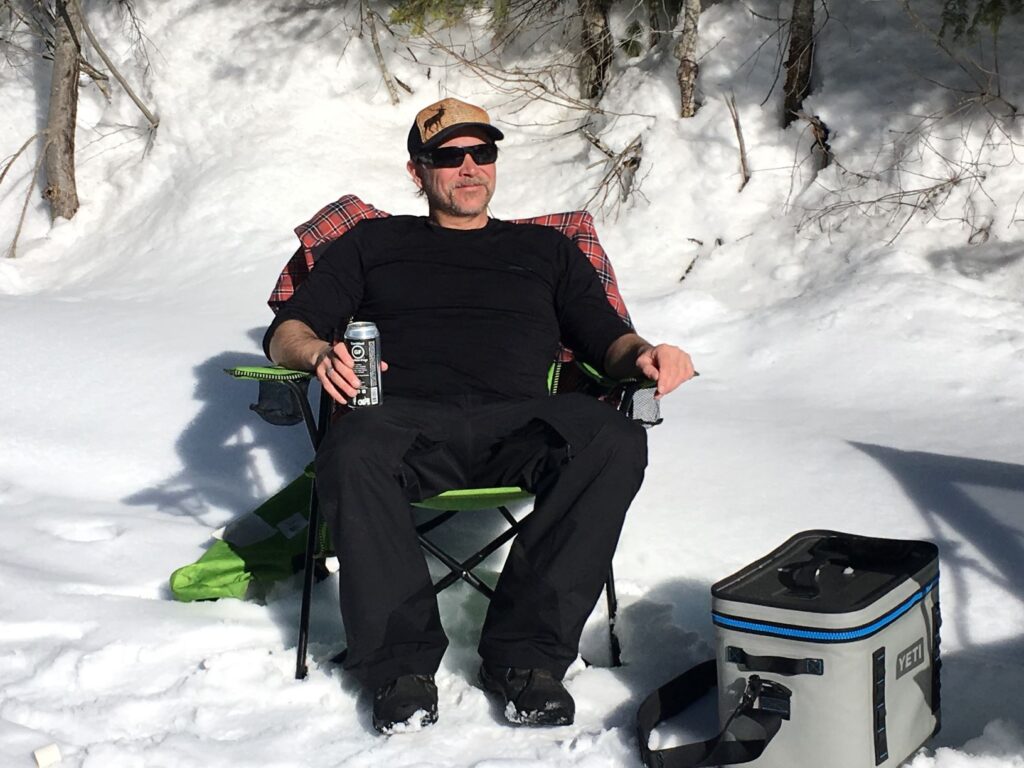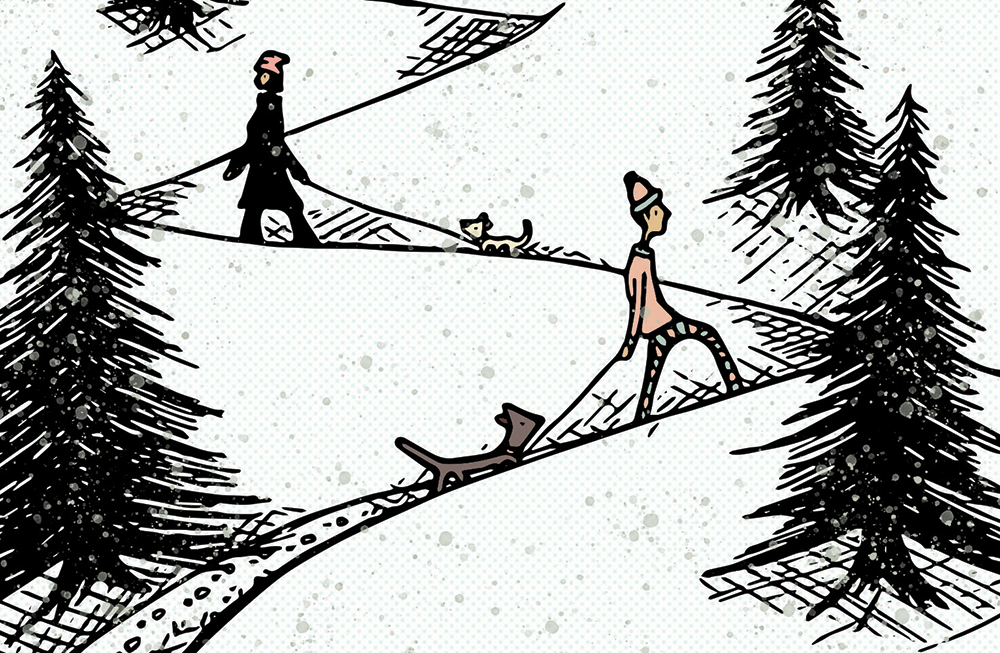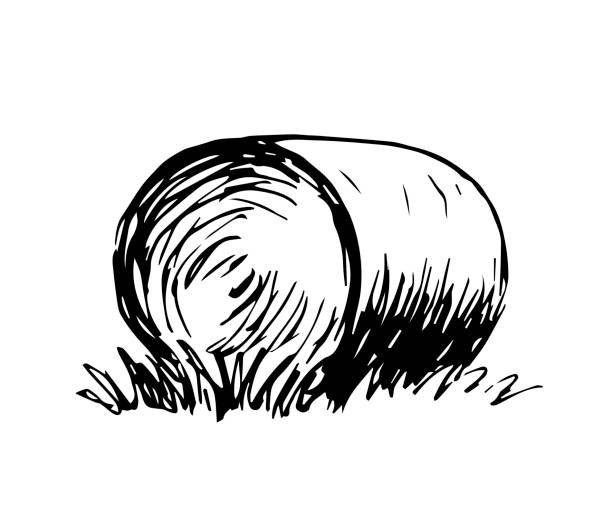Colder, darker, and wetter—it’s winter in the Inland Northwest. Drearier weather coupled with a fleeting window of daylight between sunrise and sunset can contribute to a seasonal funk. But there is hope: though it’s always wise to consult a doctor for medical advice when it comes to mental health, there are many ways to mitigate the winter blues on your own.
1. Get Outside
It’s never a bad idea to breathe some fresh air, feel the wind on your cheeks, and change up your scenery. Not only does outdoor time provide a natural source of Vitamin D, it’s just more fun than hibernating for months on end. If you’re looking to mix up your routine, head to an outdoors retailer, like REI or Fitness Fanatics in Spokane (located near Plantes Ferry Park), to rent winter gear and try snowshoeing or cross-country skiing at Palisades Park or Dishman Hills; visit the ice ribbon at Riverfront Park (skate rentals available on-site); or meet friends for night skiing at Mt. Spokane.
2. Flip Your Schedule
If you have the flexibility, mix up your work schedule to allow for more outside time. Instead of waking up early to exercise, hop onto your laptop first thing to start knocking out the day’s work tasks. In the afternoon when the sun’s (hopefully) shining, take a break to walk, bike, run, hike, snowshoe, or sled outside—you’ve earned it.






Ways to beat the winter blues: Night skiing at Mt. Spokane Ski & Snowboard Park — main lodge and summit at sunset // Photos: Amy McCaffree (top left-right); Snowshoeing // Photo courtesy Big White Ski Resort (upper mid-right); Nordic skate skiing // Photo: Lisa Sunderman (middle row); Urban winter running // Photo: Shallan Knowles (bottom left); Spokane’s Centennial Trail during winter. // Photo: Jon Jonckers.
3. Eat Smart
Many of us turn to comfort foods to combat the effects of gloomy weather. Nutritional therapist and Out There columnist Ammi Midstokke puts it this way: “In winter we find that a decrease in light can lead to a decrease in serotonin and dopamine production (our happy hormones). This tends to make people enjoy sweets, alcohol, and other highly rewarding foods a little more as they stimulate those neurotransmitter sites in the brain.”
But while they feel good at the time, Midstokke recommends filling up with healthful comfort foods like soups, which can make up for nutritional gaps by increasing vegetable intake and providing good sources of protein. (Bonus: take a snowy walk to the neighborhood grocery store to shop for ingredients.)
4. Move!
Endless gray days make binge-watching Stranger Things incredibly tempting—but resist that urge, at least occasionally. If you can’t bear trudging through the slush one more time, turn up some favorite tunes and have a dance party, open YouTube and do an online workout, or roll out a yoga mat for some sun salutations.
“Getting outside especially helps, but any workout or movement enhances my mood, and helps me be more productive and focused,” says Heather LeFriec, president of the Spokane Swifts running group and a high school health and fitness teacher.
Winter is the perfect time to try a new-to-you indoor workout like TRX, RowFit, or hot yoga (hey, you can pretend you’re in the tropics!). Check out the YMCA or other local gym for a class that’s out of the ordinary—a rewarding challenge for mind and body.

5. Make Plans with a Friend
Can’t bear to keep up your solo early-morning jogs once the sun makes itself scarce? Make plans with a buddy for a walk, join a seasonal running group like Fleet Feet’s Winter Warriors, or join a friend at Wild Walls after work one evening.
For maximum accountability, register yourself and a partner for a winter race like Partners in Pain, held in Spokane each February, where a combined score is given for the total time it takes a couple to run or walk the 5k course. Surround yourself with people who encourage you, and good things will happen.
“Being a part of a community helps by keeping you accountable for showing up and getting your workout in,” says LeFriec, whose Swifts group trains year-round. “A community provides support, camaraderie, and accountability, and you have more fun!”
6. Get Your Vitamin D
Lack of sunlight does not do a body good. “In these parts, we see a lot of Vitamin D deficiency, so I am often prescribing this between November and March for patients,” says Midstokke.
Coupling Vitamin D with Vitamin K helps with absorption, she advises—though she cautions that supplements alone can’t solve everything. “Far more effective than any vitamin I can recommend is the incredible power of going outside. Don’t be a winter hermit. Get out, move your body, and soak up what little sun we’ll see!”
OTO Run Wild columnist Sarah Hauge talks herself into runs through the slush, snow, and ice during Spokane winters.

[Page updated: Nov. 2021]













